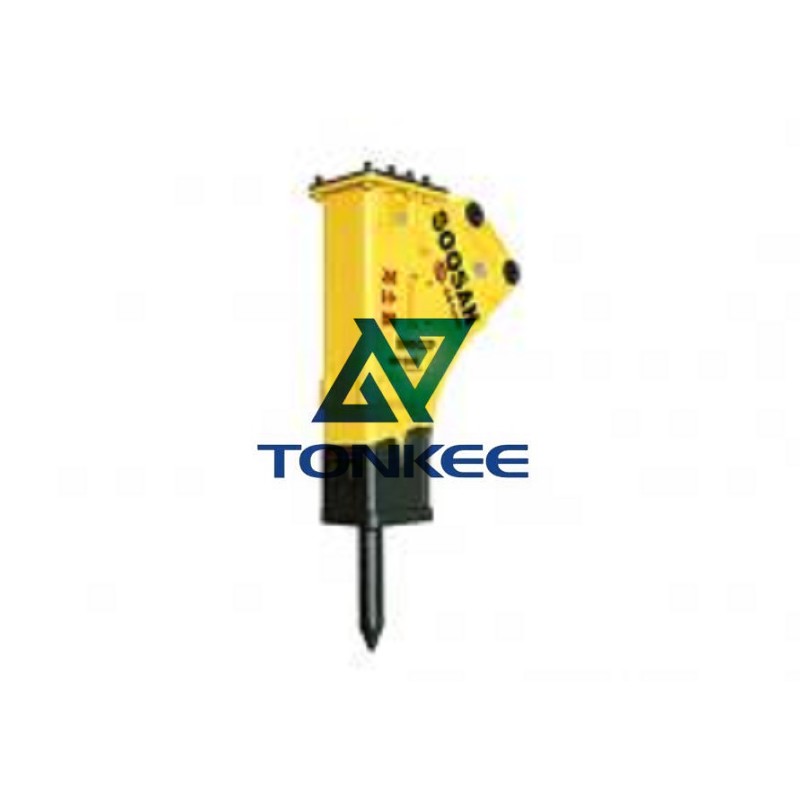
One of the key features of the SB140P is its hydraulic system, which allows for precise and efficient power delivery.
The breaker is typically connected to the hydraulic system of a carrier machine, such as an excavator, skid steer loader, or backhoe. This connection enables the hammer to draw its power from the carrier's hydraulic pump, providing it with the necessary force to perform heavy breaking tasks.
The breaker's design incorporates high-strength materials, including durable steel alloys, to ensure long-lasting performance even under the most demanding conditions. This robust construction enhances the breaker's resistance to wear, fatigue, and impact, extending its overall lifespan and reducing maintenance requirements.
The SB140P features a piston-driven mechanism, where the hydraulic energy is converted into powerful percussive blows. The hammer's internal components work in tandem to create a rapid impact motion that delivers forceful blows to the material it contacts. This action fractures and shatters the target material, making it easier to remove and clear the working area efficiently.
The breaker's operation is controlled through the carrier machine's hydraulic system.
Operators can adjust the impact intensity and frequency by manipulating the hydraulic flow rate and pressure, allowing them to optimize the breaker's performance for different materials and job requirements. Some models may also offer additional features, such as auto-lubrication systems and vibration dampening technology, to further enhance efficiency and user comfort.
Safety is of utmost importance when using hydraulic breaker hammers. Therefore, the SB140P is equipped with various safety mechanisms and features. These may include hydraulic overload protection, which prevents excessive pressure buildup, and shock absorption systems to reduce operator fatigue and machine stress.
Transportability is also a consideration, and many SB140P models are designed for easy installation and removal, allowing for quick setup and efficient switching between carrier machines. Additionally, some versions may come with a protective housing or carry case to safeguard the breaker during transportation and storage.